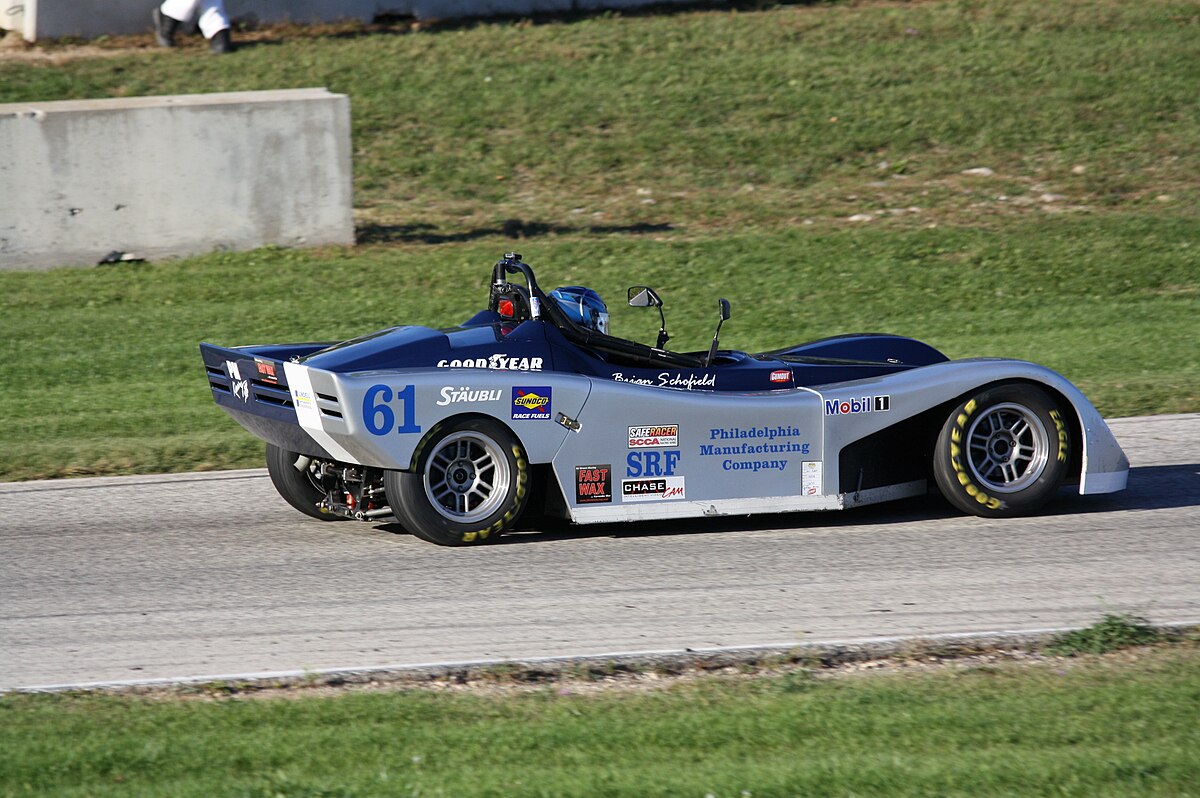First, I was hoping you would be one to reply (along with others) . so it sounds like As a plan this I need to know if the bracket is going to be horizontal or vertical and I need to know the amount of expected play before I decide to go one way or the other. I also will need to look for the high quality ends as you pointed out. I think there are lists on the losost forum, but honestly I trust the people here more.

I am still bouncing around what I am going to end up with. I have looked for used formula cars and they are higher than my entire budget or really close to it and that is without doing any modifications to the car to make it street legal. Building is the way I am going. It also will occupy me for a longer time. That tends to make my wife happy as I get twitchy without projects.
Current ideas:
Single seat like a formula
Longitude mounted (but hard to find a transmission)
Transverse mounted using FWD
Dual Seat Front to back
Triple Seat (saw one with a google search) front center, 2 passengers side by side behind driver in a "Y" pattern
Standard Lotus locost Front engine.
Odie

